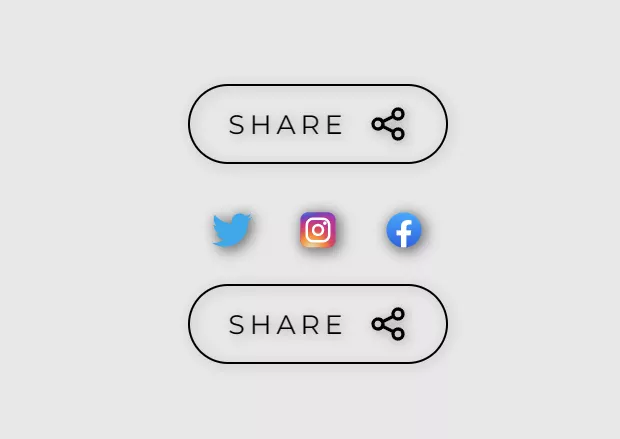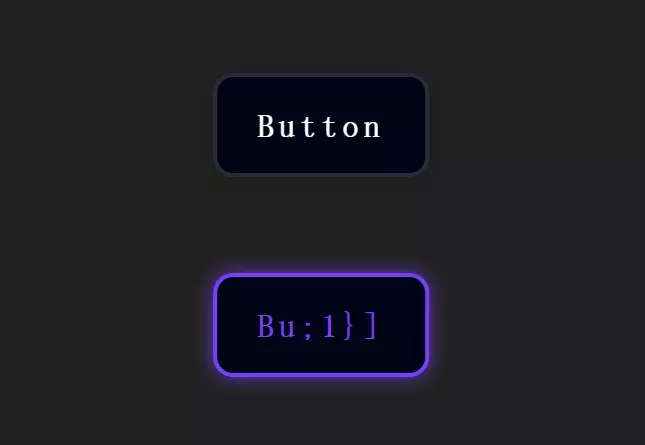![picture[1]-Implementing Rotation Animation Effects with CSS-PANDA](https://oss.imwmi.com/file/imwmi/webp/2024/01/QQ20231229102109.webp)
By utilizing the CSS ‘transform’ property, you can create rotation animation effects for elements. Specify the rotation angle and transition duration to achieve various rotating effects within a webpage.
.box {
transform: rotate(45deg);
transition: transform 0.3s ease-in-out;
}
.box:hover {
transform: rotate(90deg);
}To implement rotation animation effects using CSS, you can use the transform property to create the rotation effect. Here’s an example:
HTML:
<div class="rotating-element">
Rotation Animation Example
</div>CSS:
/* Styling for the element with rotation animation */
.rotating-element {
width: 100px;
height: 100px;
background-color: #3498db;
color: white;
text-align: center;
line-height: 100px;
transition: transform 1s ease-in-out; /* Transition for smooth animation */
}
/* Define the rotation animation on hover or any other trigger */
.rotating-element:hover {
transform: rotate(180deg); /* Adjust the rotation angle as needed */
}Explanation:
.rotating-element: This class styles the element that will have the rotation animation.transition: transform 1s ease-in-out;: Specifies the transition property for smooth animation. In this case, thetransformproperty will have a duration of1swith an easing effect ofease-in-out..rotating-element:hover: Defines the transformation when the element is hovered over. You can trigger the animation based on other events or states as well (:active,:focus, etc.).
Adjust the .rotating-element class properties, such as width, height, background-color, and transform values to suit your design. The rotate() function within the transform property allows you to specify the rotation angle (in degrees) for the element to rotate.
THE END












No comments